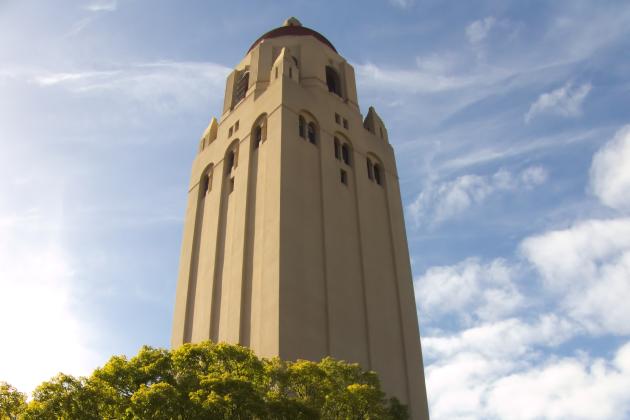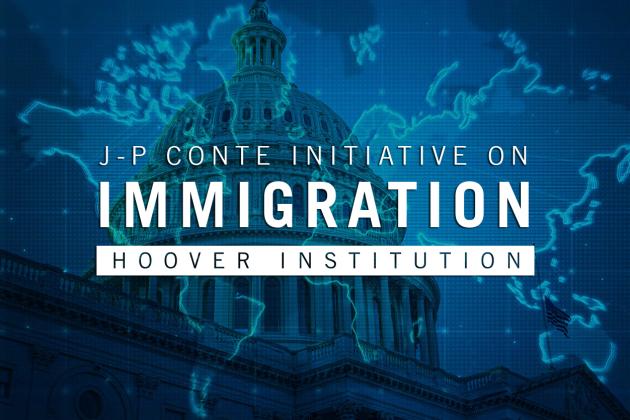PARTICIPANTS
Rakesh Mohan, Stephen Langlois, George Shultz, John Cogan, John Taylor, Michael Boskin, Johannes Stroebel
ISSUES DISCUSSED
Rakesh Mohan, former Deputy Governor, at the Reserve Bank of India, began the seminar by discussing the background of monetary policy management in India, in particular addressing the challenges posed by high levels of capital flow mobility. Indian monetary policy aims to achieve both price stability and growth targets, with a more recent additional focus on financial stability. These different targets require a complex set of policy tools. India does not have an exchange rate target or band, but seeks to reduce exchange rate volatility. Interest rates are to stay within an interest rate corridor. The ability of the central bank to absorb liquidity through open market operations is limited by the stock of government securities; consequently, the cash reserve ratio is also used to moderate permanent liquidity. The introduction of market stabilization bonds in 2004 provided an additional liquidity management instrument to the Reserve Bank of India. Using these tools, India was able to create middle regime with flexible, but not fully floating exchange rates, and an open, but not fully open capital account. This showed that there is no need to be trapped at corner solutions of the impossible trinity.
Mohan then went on to describe monetary policy management before the crisis in some detail. There was a general reduction in interest rates from the 1990s to 2003. In 2003, the dramatic increase in capital flows spurred fears of overheating, leading to monetary tightening and an increase in the cash reserve ratio. During the crisis, and in particular from 2007 onwards, the inflow of capital lead to an appreciation in the real exchange rate by 10% within one year. After the onset of the crisis, this reversed. The central bank took a cautions approach to financial intermediaries contracting external debt, limiting external debt to 50% of Tier 1 capital (except for export-credit related debt contracting). In addition, prudential regulation in the run-up to the crisis motivated an increase in the standard asset provision requirements and risk weights for the housing and real estate sector. This was successful at slowing credit growth to the commercial real estate sector.
During the financial crisis, India experienced a reversal of portfolio flows into the stock market. Since floating stock is small, and foreign institutional investors hold a sizable share of the freefloat, the stock market fell from a January 2008 peak of 20,000 to about 8,000 by October 2008. Central bank intervention in the foreign exchange market intensified, culminating in a $20bn USD intervention in October 2008. Foreign trade went down by about 25%, during the last quarter of 2008 and first half of 2009. After October 2008, policy rates and cash reserve ratios were brought down very quickly. Open market operations were used to lubricate the market in the face of increasing fiscal debt resulting from stimulus spending. During the liquidity freeze, corporations withdrew capital from money market mutual funds, so a liquidity facility was put in place through the banks to target this.
Mohan concluded with a few general observations. He noted that many Asians and Latin American emerging-market economies have reacted in a somewhat similar way to India. He argued that the policy actions in India were necessary to cushion the economy from volatile US monetary policy; in those circumstances, monetary policy has to be more complex than inflation targeting. Rakesh also argued that the Indian experience shows that a central bank can watch assets markets and lean against the wind, with some degree of success. Rakesh also concluded that keeping banking regulation within the Reserve Bank has helped both with monetary policy and with the regulatory side in India.









